Lessons you can learn from the LinkedIn LeakOut
Last month, millions of LinkedIn members discovered their passwords had been published by hackers. But what can your enterprise learn about security, and how to deal with a breach situation, from this unfortunate incident? Davey Winder investigates...
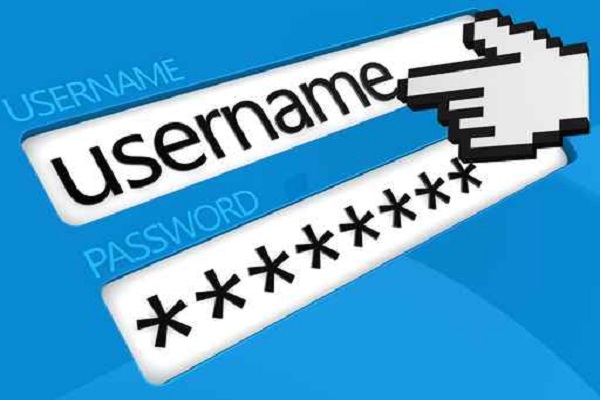

Dealing with disaster
All businesses want to mitigate potential brand damage that a hacking incident can cause. Damage limitation should start as soon as possible by confirming that customer personal and financial data has not been exposed. I'm not convinced LinkedIn pulled this off after they suffered a breach. Disclosure has to be timely, complete (within regulatory compliance boundaries for your industry) and accurate if it is to truly mitigate damage. Most importantly, it has to be perceived as being a genuine explanation and not merely a marketing exercise if your customers and business partners are to be satisfied.
LinkedIn director Vicente Silveira has gone on the record to state:
1. The compromised passwords were not published with any corresponding email logins
2. The majority of the passwords when published were in hashed form
3. There appears not to be any LinkedIn member information that has been published anywhere as a result of the stolen password list appearing online
So what do I mean by 'perceived as genuine' and why doesn't this cut the mustard in my opinion? Well, even if it were not your intention, a statement that could easily be interpreted as simply papering over the cracks will do more damage than no statement at all. Just because a list of passwords was published without their corresponding logins does not mean those logins were not also obtained. If you KNOW that logins were not stolen then say so; if you don't yet know then make your position clear. Similarly, a few days after the incident was uncovered, don't bother making a big deal that no associated personal data has been published online because, frankly, that means nothing. By all means state categorically that none was compromised if you know that to be a fact, but stating that the worse hasn't happened yet (which is, in effect, all this actually says) is not a good strategy for putting customers minds at rest.
Get the ITPro daily newsletter
Sign up today and you will receive a free copy of our Future Focus 2025 report - the leading guidance on AI, cybersecurity and other IT challenges as per 700+ senior executives
Rubbing salt on the wound
I have, however, saved the biggest problem for last and that's the statement regarding password hashes. Much was made within hours of the leak being uncovered concerning the fact that apparently the LinkedIn password database system only hashed and didn't also salt the member passwords. This statement was the perfect opportunity, a few days later, to put the record straight and apologise for a pretty basic lapse in security thinking.
Admittedly LinkedIn did say that it was moving member passwords from a hashed database to one that was hashed and salted, but no explanation was made as to why this wasn't there from the get go. As one web developer told me "salting passwords was in my PHP development 101 class at college" so how come a system with the resources (in terms of manpower, knowledge and finance) happened to think it not worth bothering with for a system of this size? Actually, scrap that last comment and replace it with 'for a system of ANY size'. Protecting passwords with a solitary single layer of defence, a SHA-1 hash, is akin to using an intruder alarm from the pound shop to guard your office instead of a state of the art system backed up by on-premises patrols with dogs.
Davey is a three-decade veteran technology journalist specialising in cybersecurity and privacy matters and has been a Contributing Editor at PC Pro magazine since the first issue was published in 1994. He's also a Senior Contributor at Forbes, and co-founder of the Forbes Straight Talking Cyber video project that won the ‘Most Educational Content’ category at the 2021 European Cybersecurity Blogger Awards.
Davey has also picked up many other awards over the years, including the Security Serious ‘Cyber Writer of the Year’ title in 2020. As well as being the only three-time winner of the BT Security Journalist of the Year award (2006, 2008, 2010) Davey was also named BT Technology Journalist of the Year in 1996 for a forward-looking feature in PC Pro Magazine called ‘Threats to the Internet.’ In 2011 he was honoured with the Enigma Award for a lifetime contribution to IT security journalism which, thankfully, didn’t end his ongoing contributions - or his life for that matter.
You can follow Davey on Twitter @happygeek, or email him at davey@happygeek.com.
-
 Should AI PCs be part of your next hardware refresh?
Should AI PCs be part of your next hardware refresh?AI PCs are fast becoming a business staple and a surefire way to future-proof your business
By Bobby Hellard
-
 Westcon-Comstor and Vectra AI launch brace of new channel initiatives
Westcon-Comstor and Vectra AI launch brace of new channel initiativesNews Westcon-Comstor and Vectra AI have announced the launch of two new channel growth initiatives focused on the managed security service provider (MSSP) space and AWS Marketplace.
By Daniel Todd
-
 I love magic links – why aren’t more services using them?
I love magic links – why aren’t more services using them?Opinion Using magic links instead of passwords is safe and easy but they’re still infuriatingly underused by businesses
By Solomon Klappholz
-
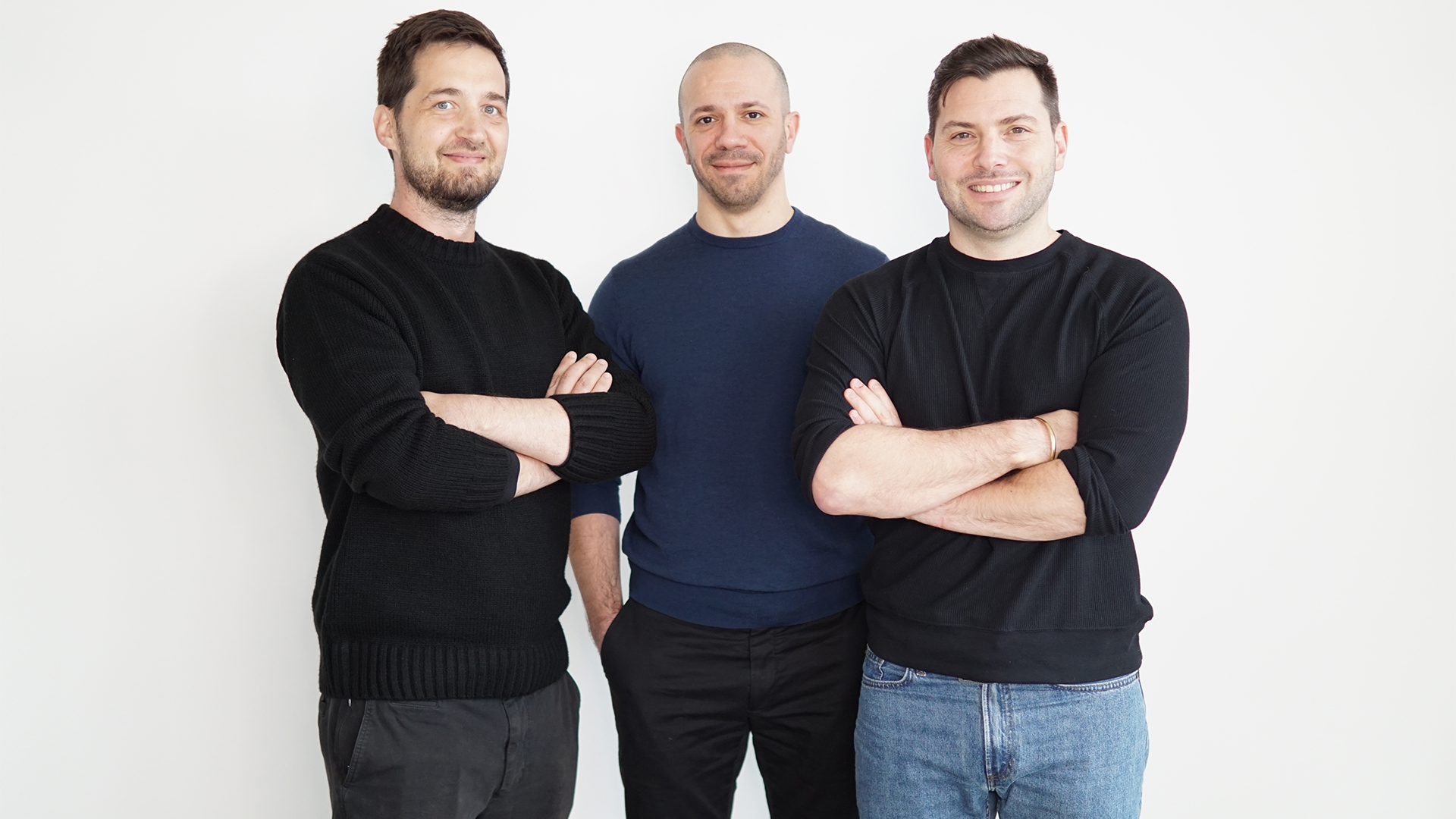 Password management startup Passbolt secures $8 million to shake up credential security
Password management startup Passbolt secures $8 million to shake up credential securityNews Password management startup Passbolt has secured $8 million in funding as part of a Series A investment round.
By Ross Kelly
-
 LastPass breach comes back to haunt users as hackers steal $12 million in cryptocurrency
LastPass breach comes back to haunt users as hackers steal $12 million in cryptocurrencyNews The hackers behind the LastPass breach are on a rampage two years after their initial attack
By Solomon Klappholz
-
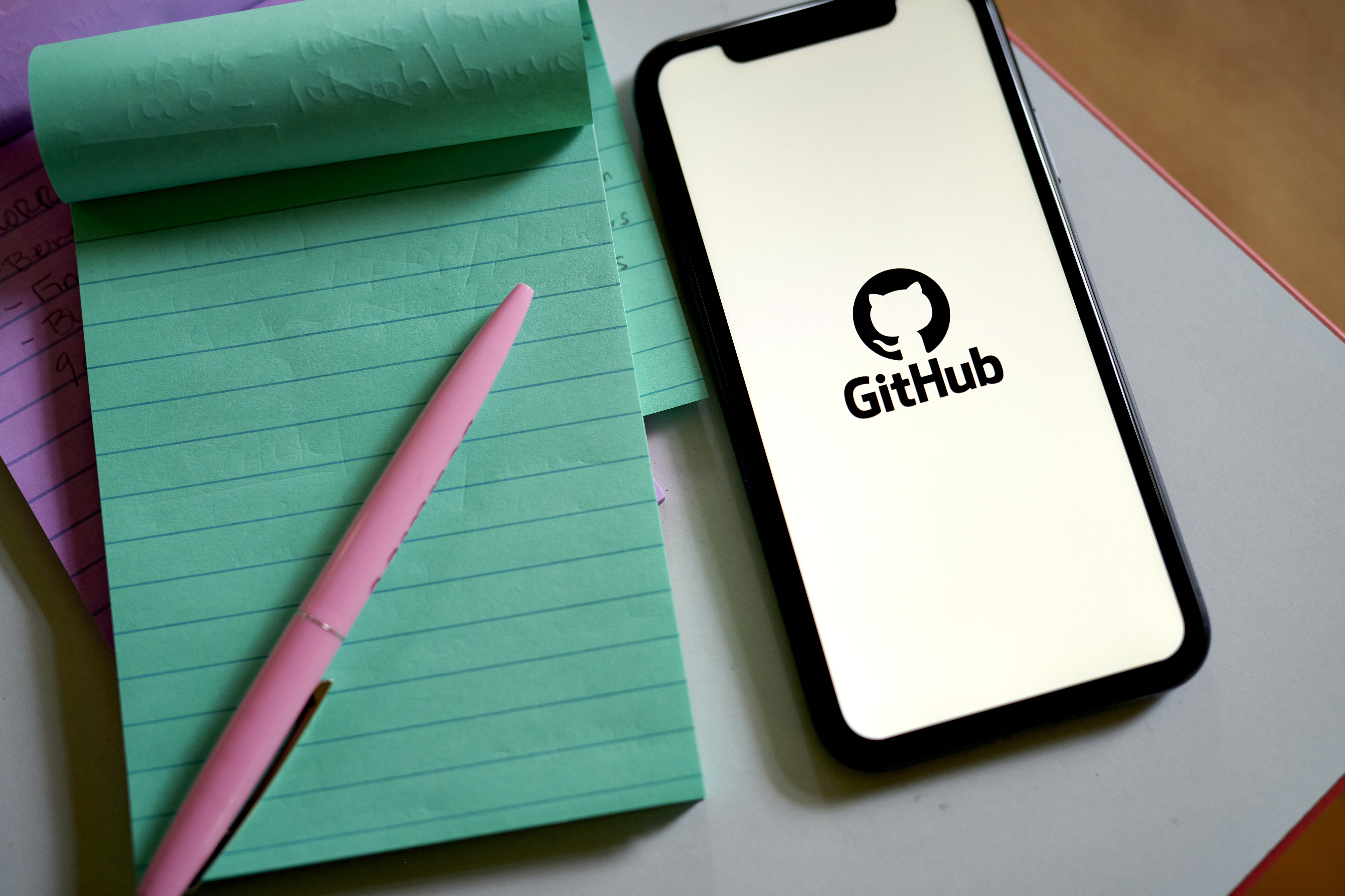 GitHub launches passkeys beta for passwordless authentication
GitHub launches passkeys beta for passwordless authenticationNews Users can now opt-in to using passkeys, replacing their password and 2FA method
By Daniel Todd
-
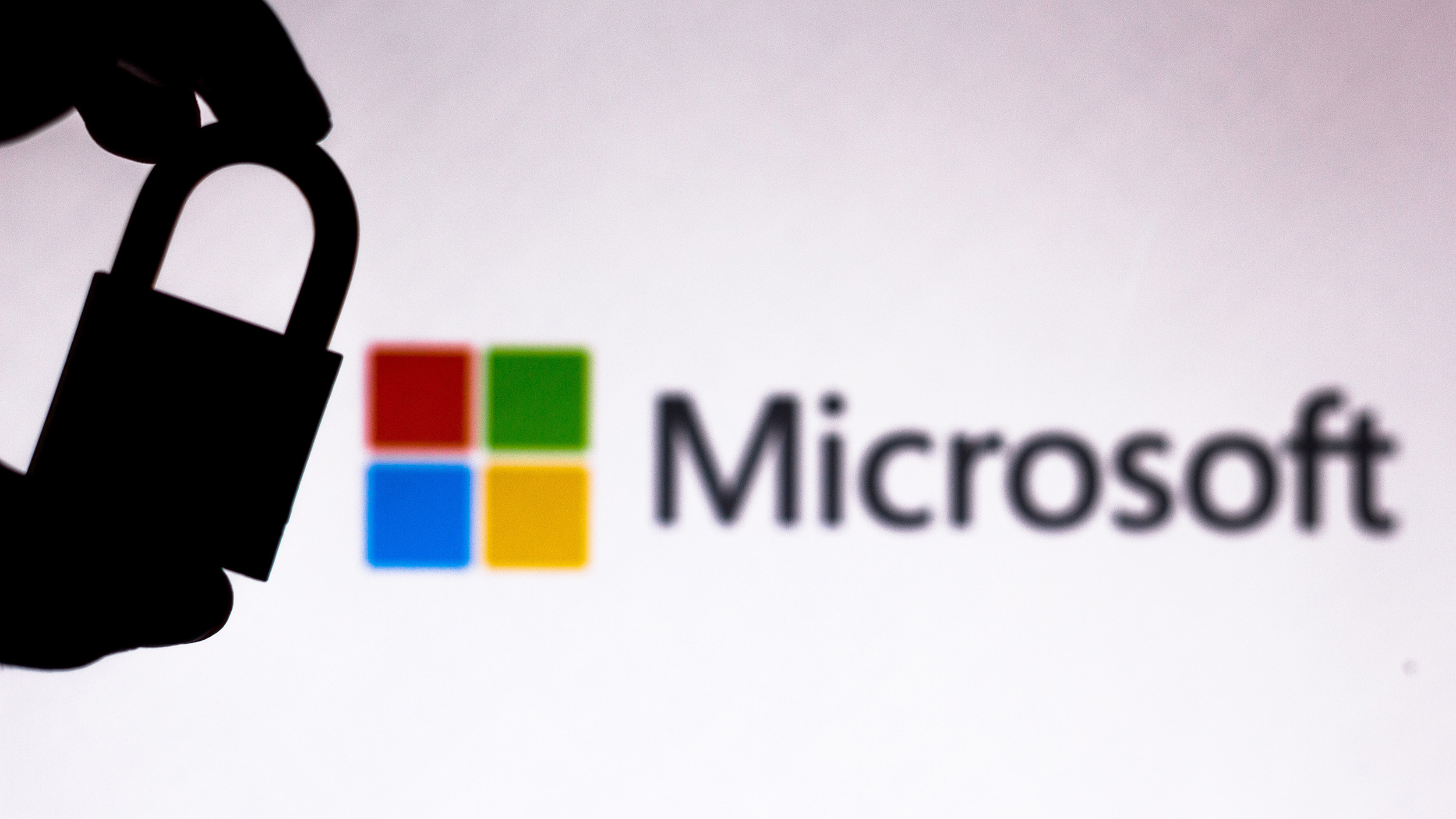 Microsoft SQL password-guessing attacks rising as hackers pivot from OneNote vectors
Microsoft SQL password-guessing attacks rising as hackers pivot from OneNote vectorsNews Database admins are advised to enforce better controls as attacks ending in ransomware are being observed
By Rory Bathgate
-
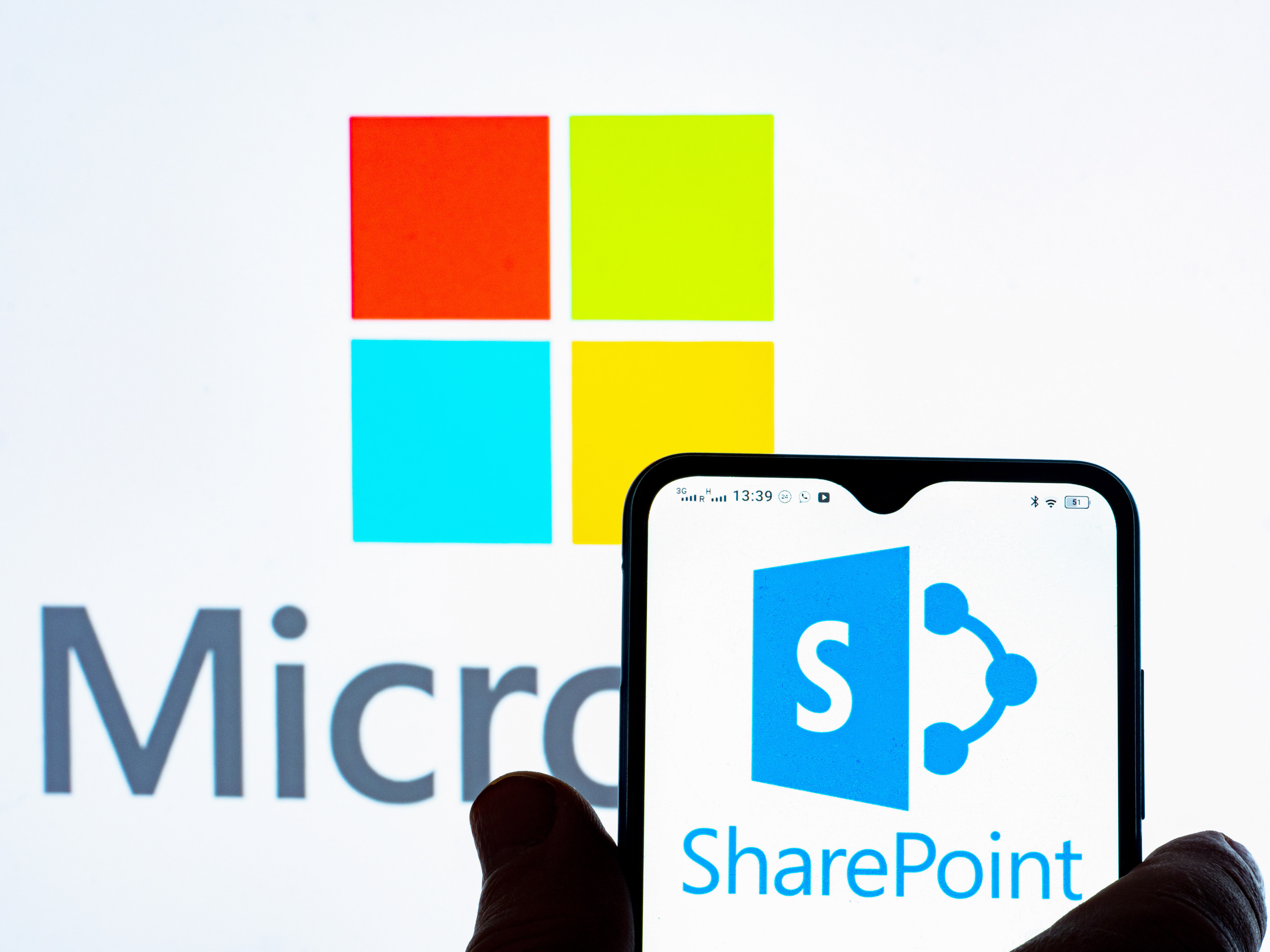 No, Microsoft SharePoint isn’t cracking users’ passwords
No, Microsoft SharePoint isn’t cracking users’ passwordsNews The discovery sparked concerns over potentially invasive antivirus scanning practices by Microsoft
By Ross Kelly
-
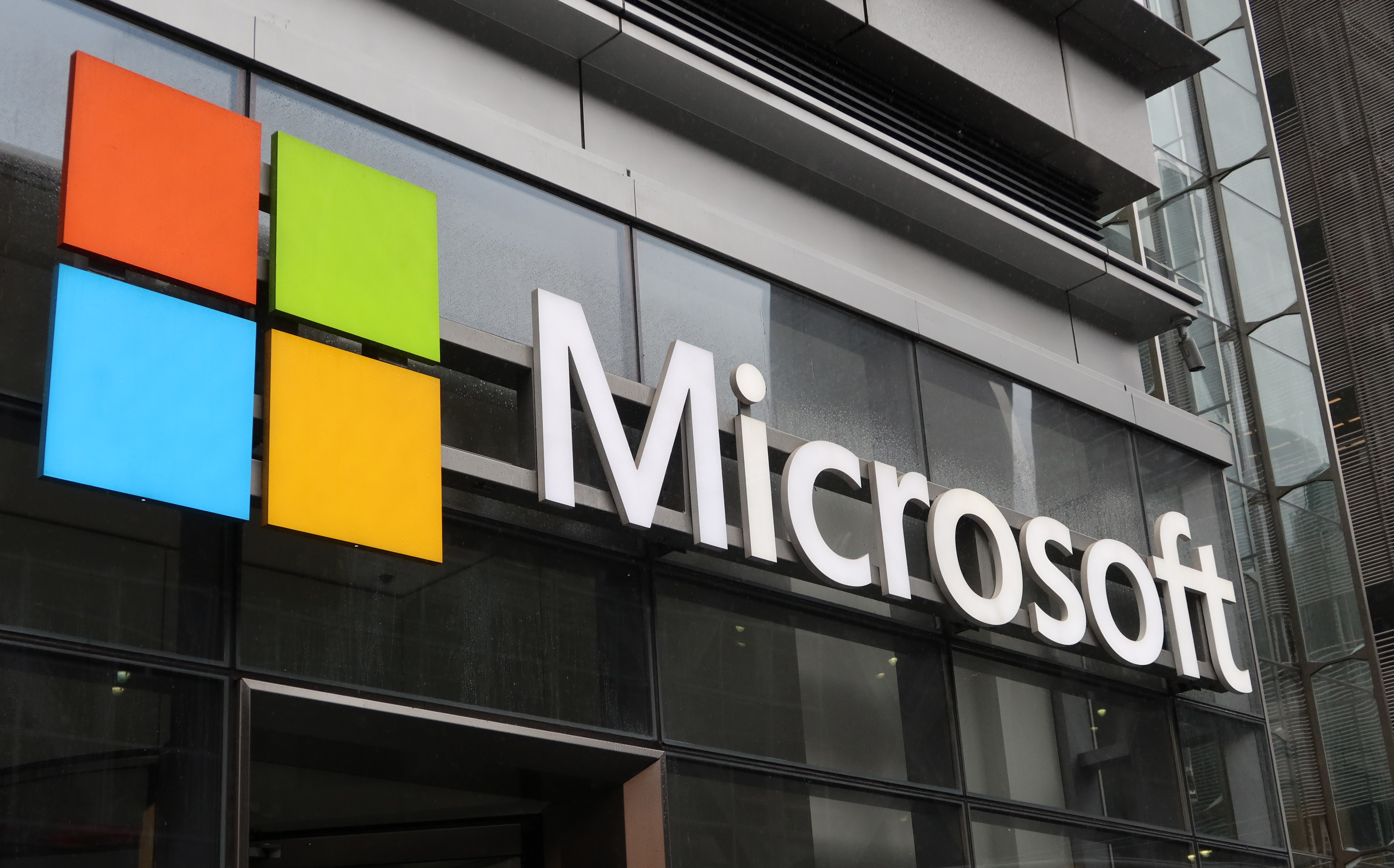 Microsoft Authenticator mandates number matching to counter MFA fatigue attacks
Microsoft Authenticator mandates number matching to counter MFA fatigue attacksNews The added layer of complexity aims to keep social engineering at bay
By Connor Jones
-
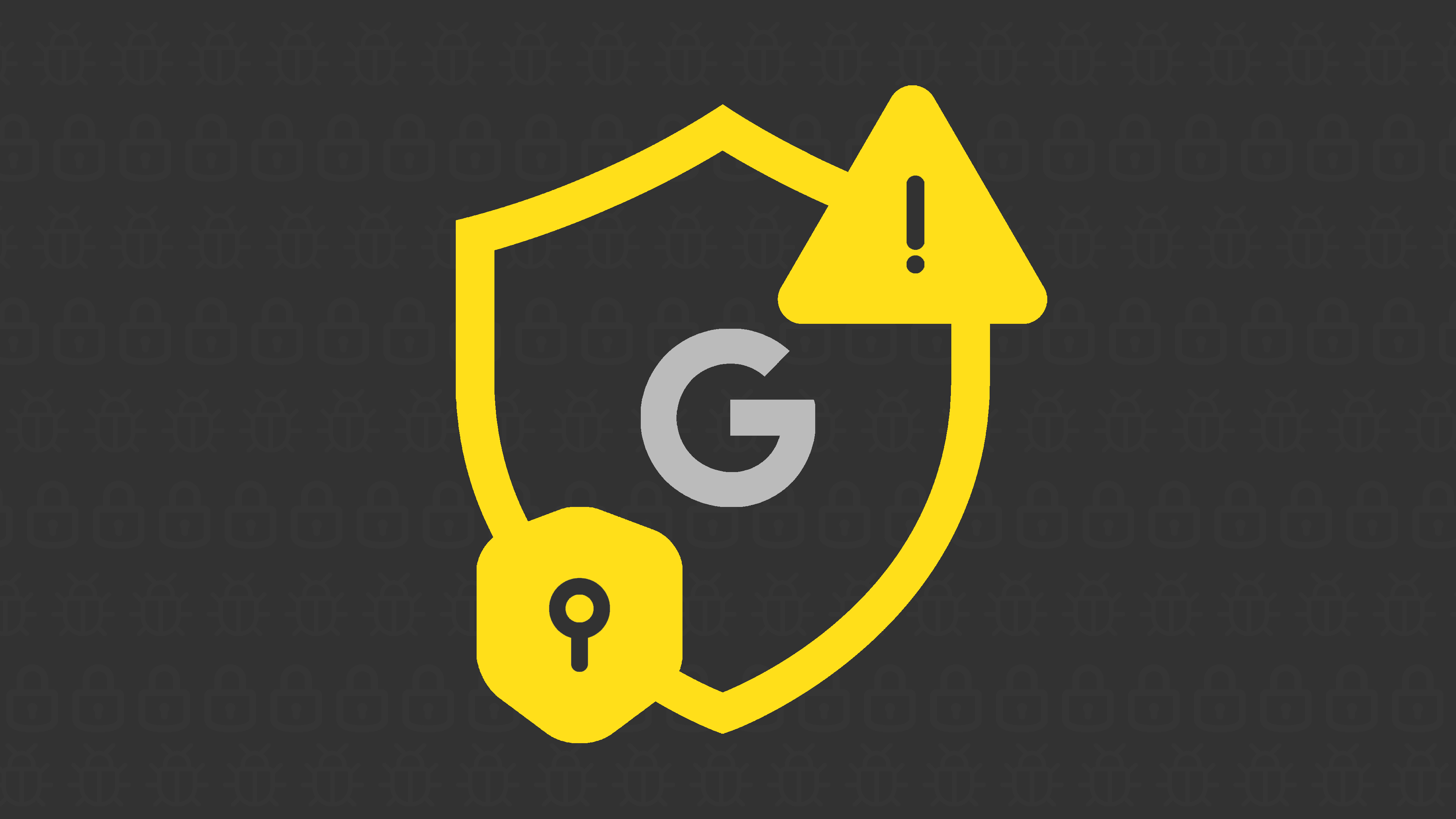 As Google launches passwordless authentication for all, what are the business benefits of passkeys?
As Google launches passwordless authentication for all, what are the business benefits of passkeys?News Google follows Apple in its latest shift to passwordless authentication, but what are the benefits?
By Ross Kelly